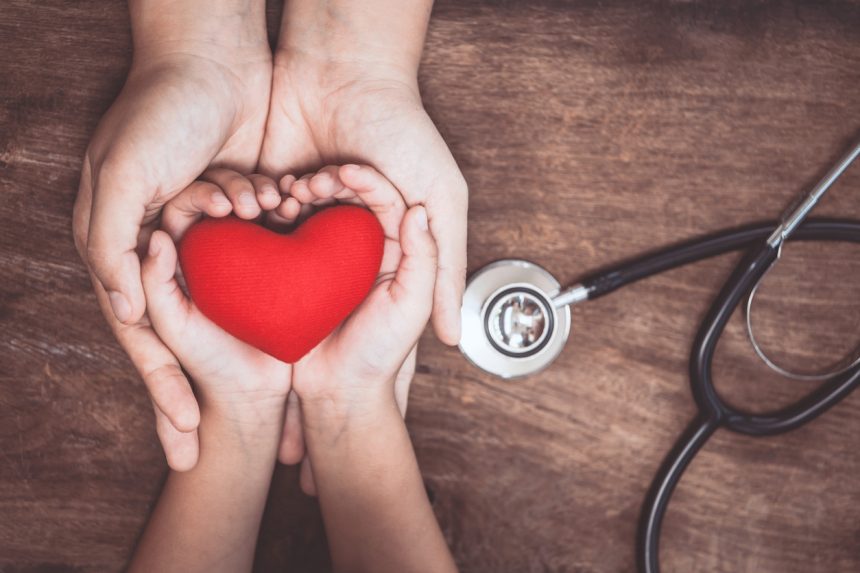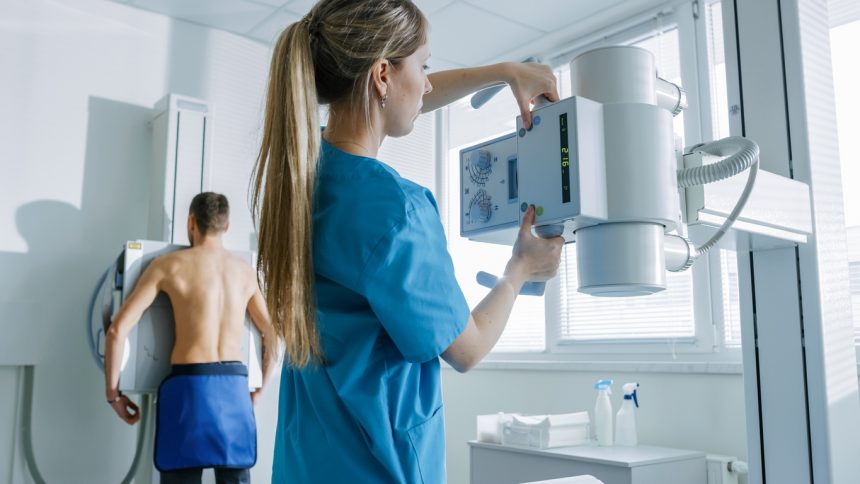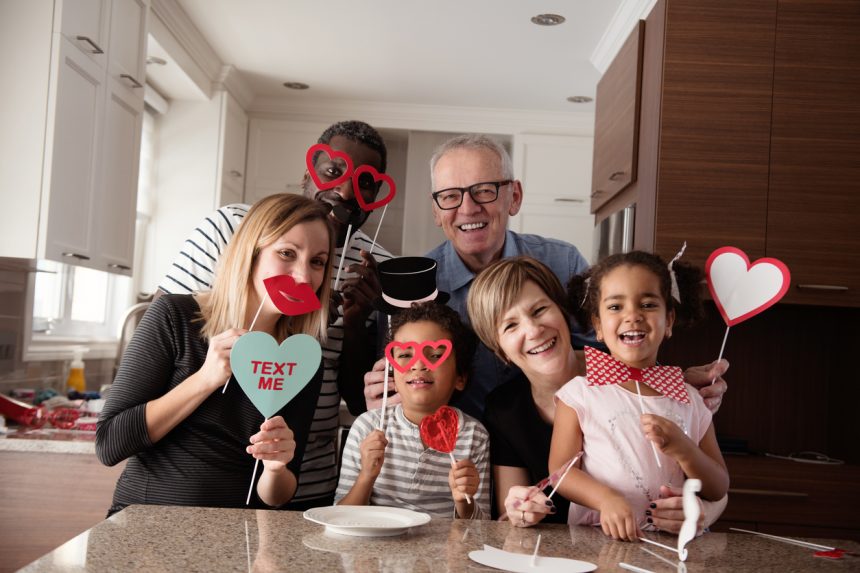
Lungs in the News! Not long ago lungs were in the news due to the case of Supreme Court Justice Ruth Bader Ginsburg. First the press reported her fall and then, seemingly quite suddenly, we heard of her surgery for lung cancer. Fortunately the cancer was in its early stages and surgeons removed the tumors.
Lungs Vie with Hearts for This Valentine’s Day.
Until that highly publicized case, most people had never heard of an “incidental finding” of cancer in the lungs. In Justice Ginsberg’s case, you will recall, it was only after a fall, during routine testing for a rib fracture, that doctors found cancer cancer in her lungs.
Here at FLASS we have stated that in many cases, patients often do not know they have lung cancer. They only come to us when they are in the final stages of the disease, or perhaps they make an appointment to examine a different condition.
And we have explained that in the beginning stages, you are often unaware that you have lung cancer. Thus, if an accident brings you the opportunity for testing and treatment, it is serendipity. That is to say, you would be fortunate, as was Justice Ginsberg.
For Love of Lungs: Will You Suffer an Incidental Finding?

Did you know that the “incidental finding” type of discovery is not uncommon? It’s true that while being tested or even treated for another problem, doctors can find early stage lung cancer. It could happen to you.
The Truth about Lungs and Nodules
Doctors encounter small nodules inside lungs during routine clinical situations. “Most pulmonary nodules (small growths in the lungs) are commonly encountered in clinical practice. Most of these nodules are not cancerous, or benign.”
How do you get them? It’s possible they grew as a result of a previous infection or illness. And sometimes there is no real, known cause for them. Also, sometimes the little nodes you do not even feel turn out to be lung cancer. “They appear as round, white shadows on a chest X-ray or computerized tomography (CT) scan.”
Lung nodules are usually about 0.2 inch (5 millimeters) to 1.2 inches (30 millimeters) in size.” That is the typical size range, but keep in mind, “A larger lung nodule, such as one that’s 30 millimeters or larger, is more likely to be cancerous than is a smaller lung nodule.”
High Risk Groups: Why Wait for an Accident?
Let us suppose the Justice Ginsburg scenario happens to you. During a routine exam, your doctor sees a spot on your lung. What happens next?
- Your doctor or healthcare specialist, hopefully here at FLASS, will use your old x-rays and scans as basis for comparison.
- Of course, Your Lungs Will Need More Tests. Next, your doctor will probably do a CT scan or a PET scan, to get a better look at the nodule to help determine if it looks like it might be cancer.
Mayo Clinic experts state, “Noncancerous lung nodules usually require no treatment. At this point, in some cases, your doctor may recommend annual chest imaging to see if a lung nodule grows or changes over time.
On the one hand, your doctor might list your condition as “watchful waiting.” Mayo doctors add, “If a lung nodule is new or has changed in size, shape or appearance, your doctor may recommend further testing — such as a CT scan, positron emission tomography (PET) scan, bronchoscopy or tissue biopsy — to determine if it’s cancerous.”
On the other hand, your doctor may want to perform a biopsy. A biopsy is a procedure in which your doctor takes a sample of the tissue of the nodules on your lungs. He can then examine it under a microscope to determine if it is cancerous.
The Waiting Game and Your Lungs
Sometimes we wait 6-12 months to watch for changes in the lungs and the nodules. How long should we wait before re-testing? We will partially base the days, weeks or months on risk factors. Yes, we will check up on your smoking history.
From our Hearts at FLASS :
You must understand that there will be a time delay between finding the nodule and discovering if it is cancer. We must all be patient. Testing for lung cancer in the nodules can take days or even weeks. During that time, we advise you to be calm. We also remind you that as we stated above, most of the time these nodules are benign. Remember too, that, as in the case of Ruth Bader Ginsberg, the cancer could be in an early stage, and surgery could be a treatment option.
Do Not Always Wait for a Happy Accident
Some people should not wait for a happy accidental discovery to catch their cancer in time. High risk people must take a more proactive approach. If you are at a high-risk for lung cancer, talk to your doctor about a low-dose CT Scan.

Here are the Criteria for High Risk of Lung Cancer:
As we stated, a regular chest X-ray can often reveal these nodules. But such an X-ray is not the same as a serious screen. The LDCT is a more sensitive test. It is our best initial diagnostic weapon against Lung Cancer. And this is not an invasive test. It does not hurt. Talk to your doctor abut lung cancer screening if you are on our list below:
- Are you between 55-80 years of age with private insurance?
- Or are you between insurance or 55-77 and have Medicare?
- Do you have a 30 pack-year history of smoking? “This means 1 pack a day for 30 years, 2 packs a day for 15 years, etc.”
- Likewise, are a current smoker?
- Finally, have you quit the smoking recently or within the last 15 years?
About Lungs with More Serious Symptoms:
Sometimes, as we have stated previously, patients come to FLASS with some late-blooming symptoms that could indicate cancer in your lungs. Again, be very calm, because these symptoms could indicate a lot of other diseases and conditions. What is very important is that you make an appointment with your doctor if you are suffering with:
- like shortness of breath,
- persistent cough
- or coughing up blood.
If you suffer any of the above symptoms, please talk to your doctor immediately. We recommend that everyone should learn more about lung cancer from their doctor. Likewise, you can do careful research on valid online health resources. However, FLASS doctors and staff cautions you that self-diagnosis is dangerous, and it can cause you or your family needless worry. As we have said previously, no online resource, website or blog should replace a doctor’s appointment.
From Our Hearts…
As she recovers from cancer surgery, Ruth Bader Ginsberg’s case of lung cancer has moved out of the public eye for the moment. The doctors and staff of FLASS wish her the very fastest and most thorough recovery possible.
Hearts and Lungs: Made for Each Other

A happy family plans a Valentine party. Plans for some should include healthy choices for lungs and hearts. This February: Lungs and Hearts go together.
As we said in the opening of this blog, hearts vie with lungs in importance this month. That is not simply because of the symbolic hearts of Valentine’s Day. It is because February is the traditional Heart Disease Awareness Month in the US. We know “heart disease is the leading cause of death for men and women in the United States.” We also want you to be aware that, every year, “1 in 4 deaths are caused by heart disease.”
The American Heart Association points out that there is good news: We can prevent heart disease with healthy living choices. And those same choices are good for lungs also, a fact we will follow up as February continues. One point we will leave you with is that as a society we can fight both heart and lung disease with awareness of physically fit lifestyle choices.
Thank you for visiting the blog at Florida Lung, Asthma and Sleep Specialists and we wish you healthy hearts, lungs, and beautiful Valentines for February. Thus, we thank you for visiting the blog at Florida Lung, Asthma and Sleep Specialists and we wish you healthy hearts and beautiful Valentines for February.

